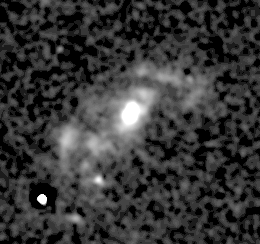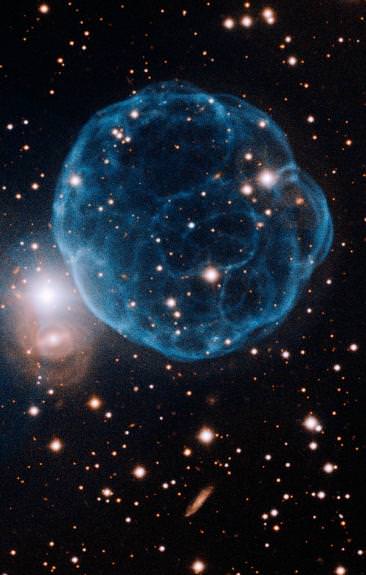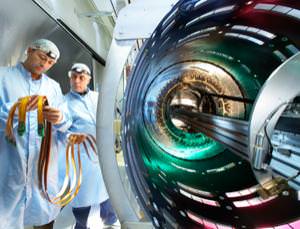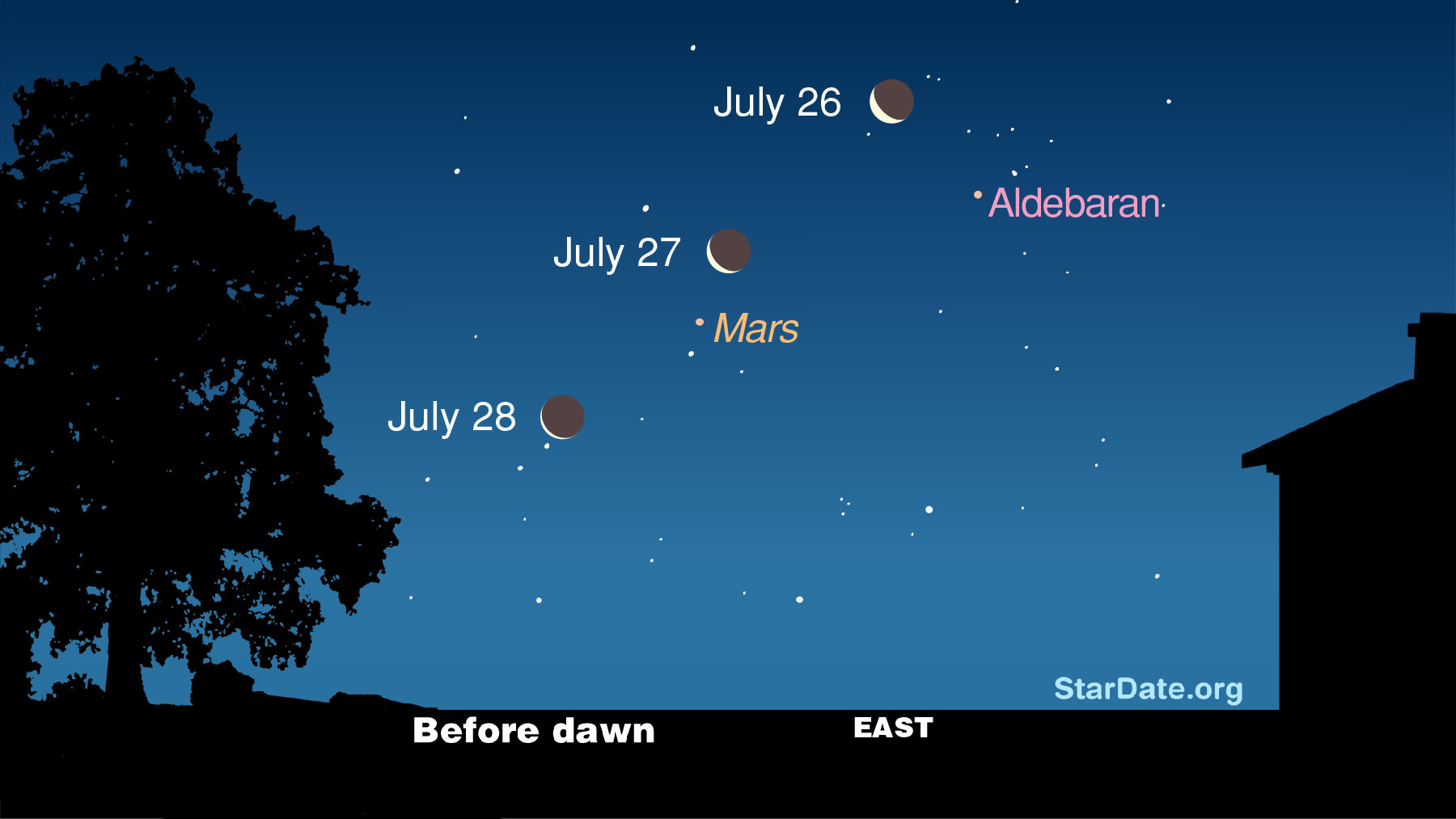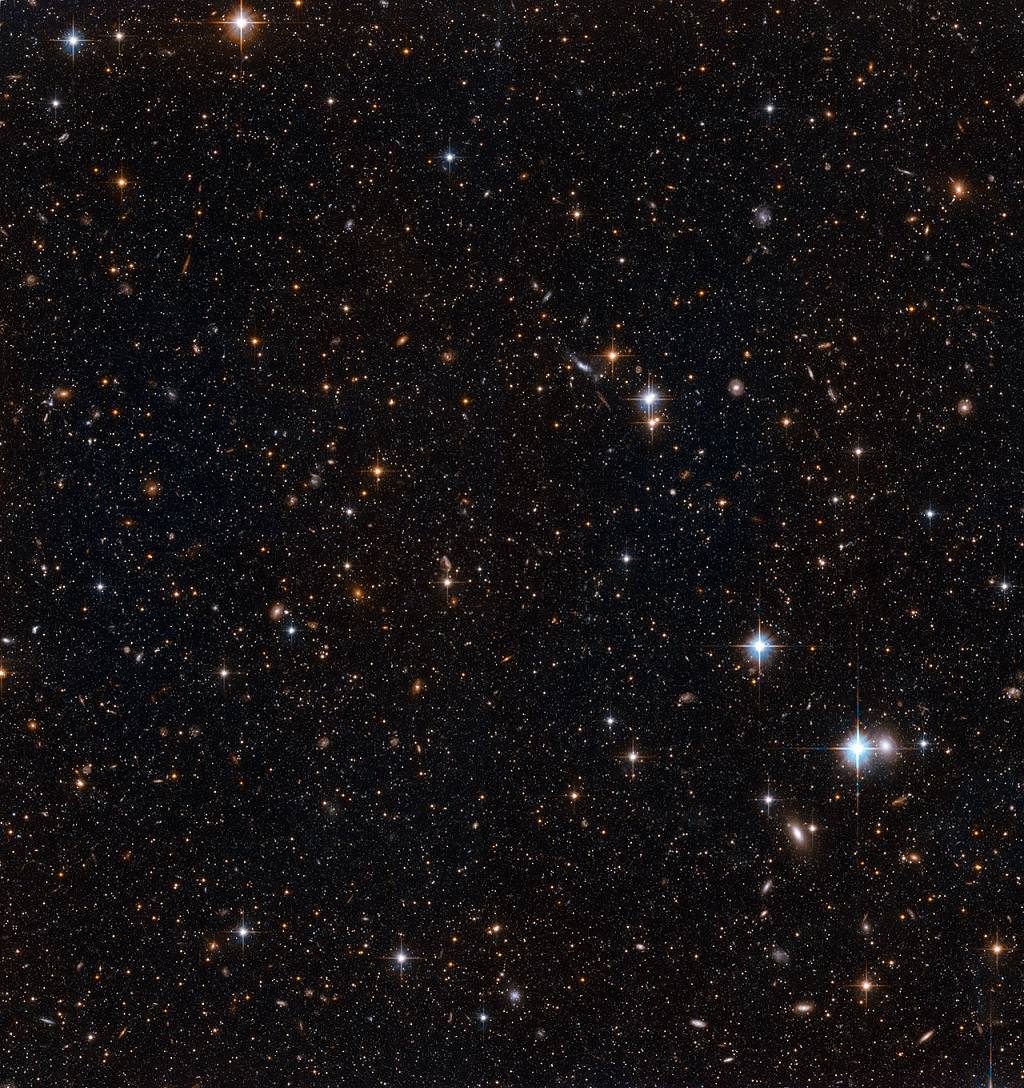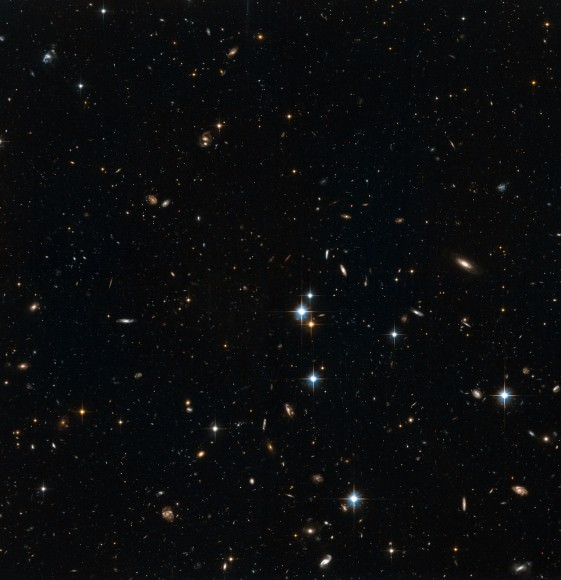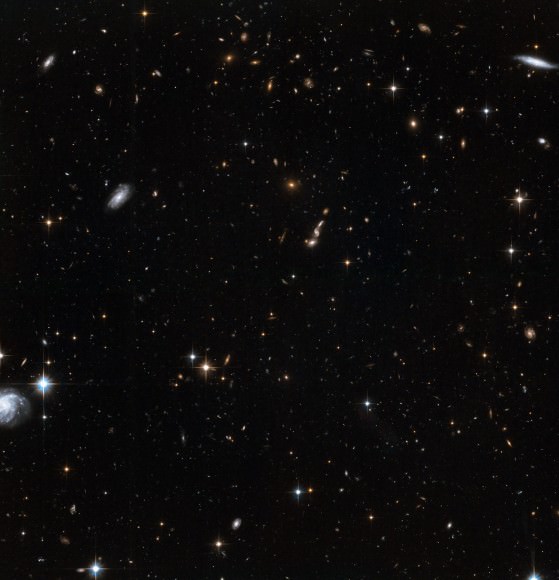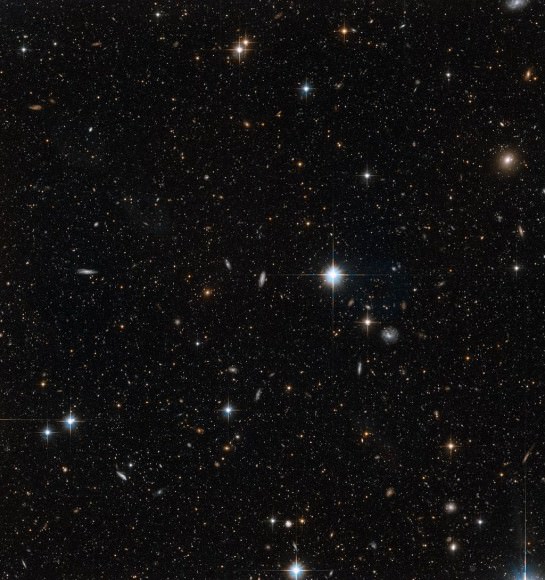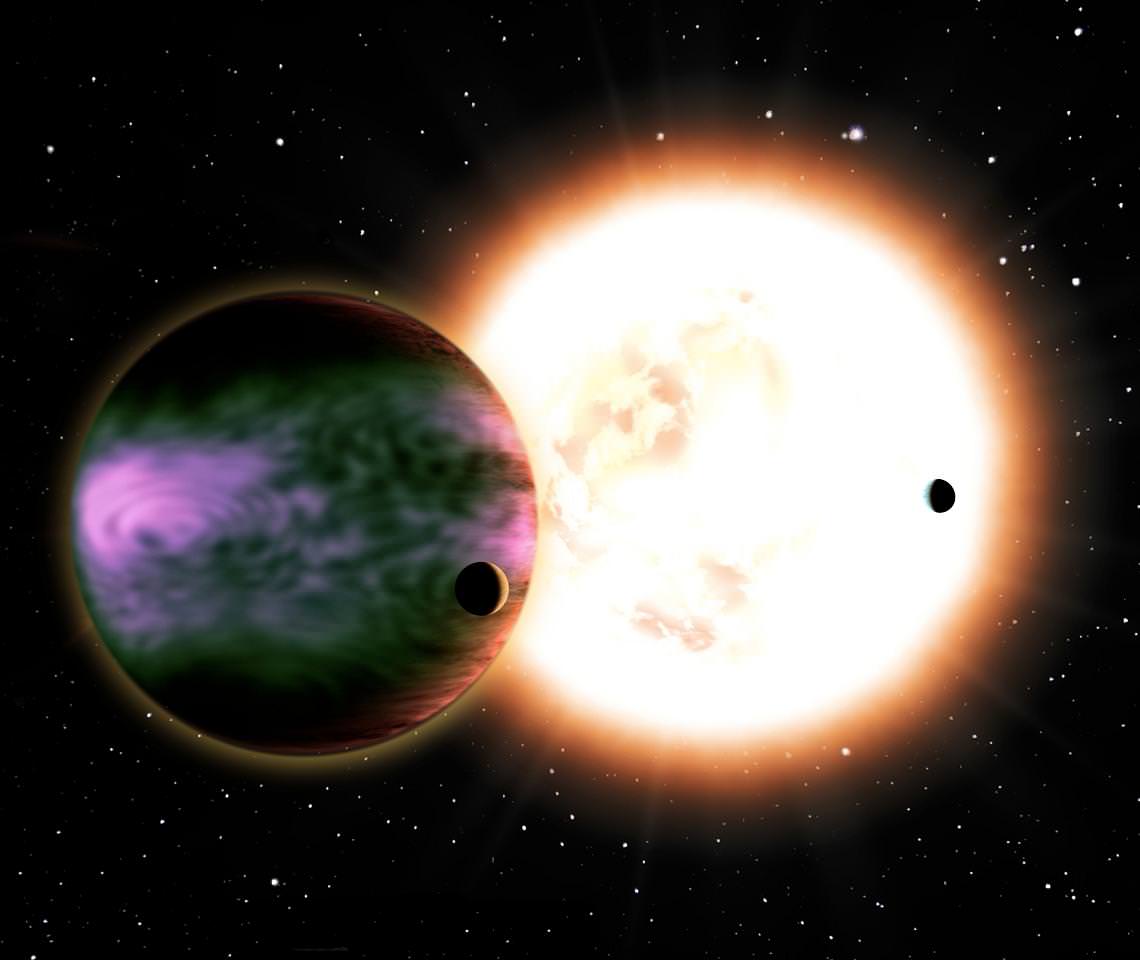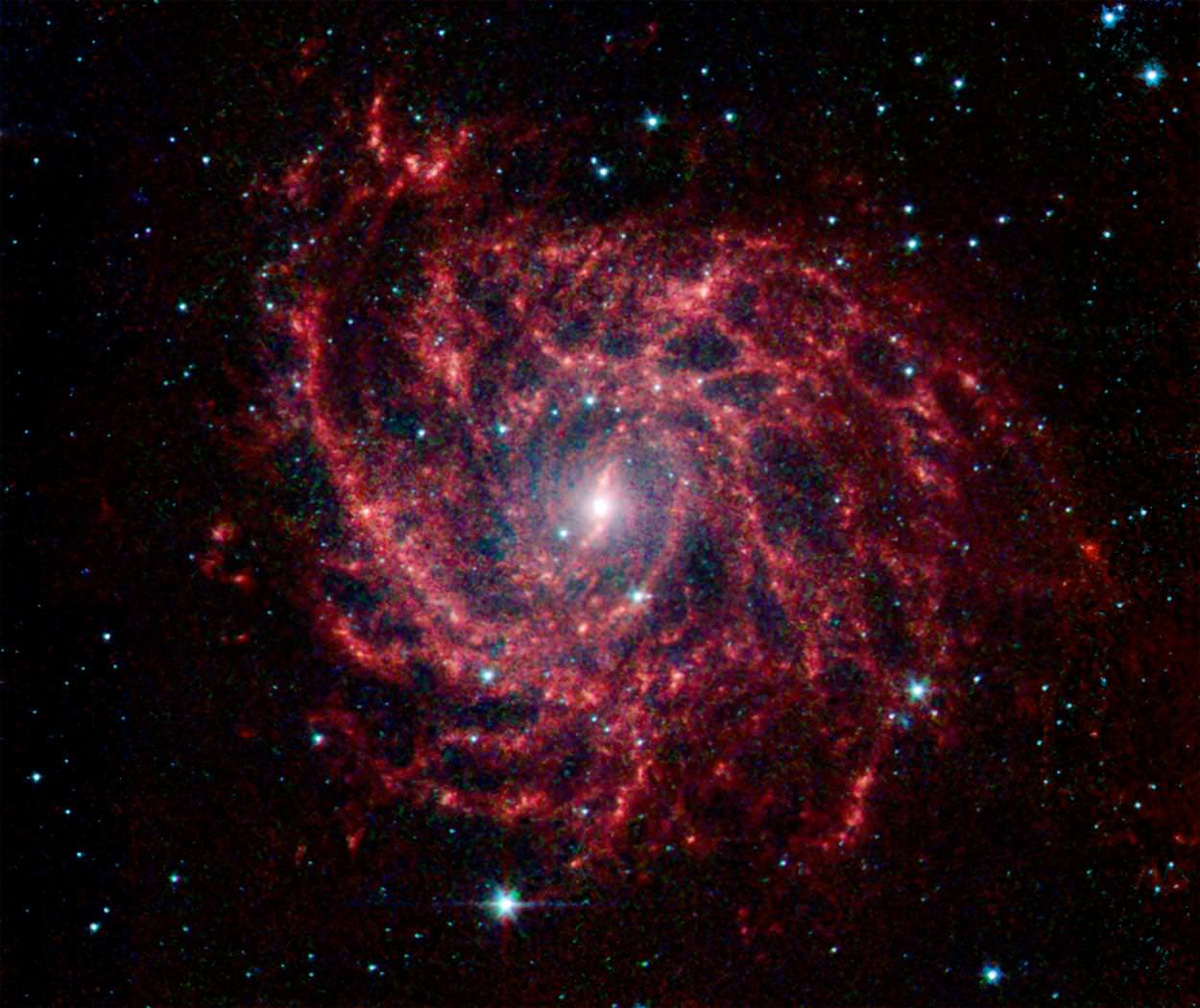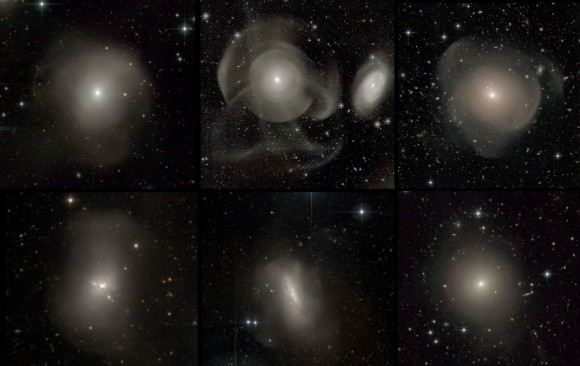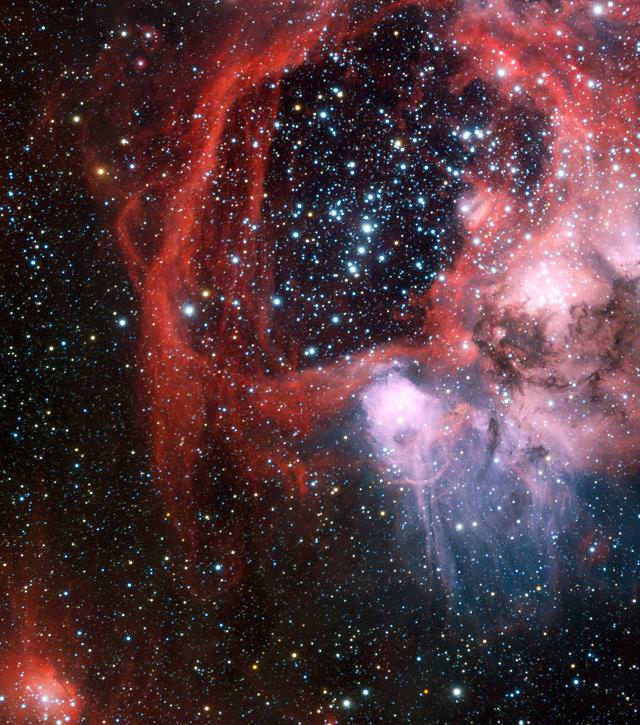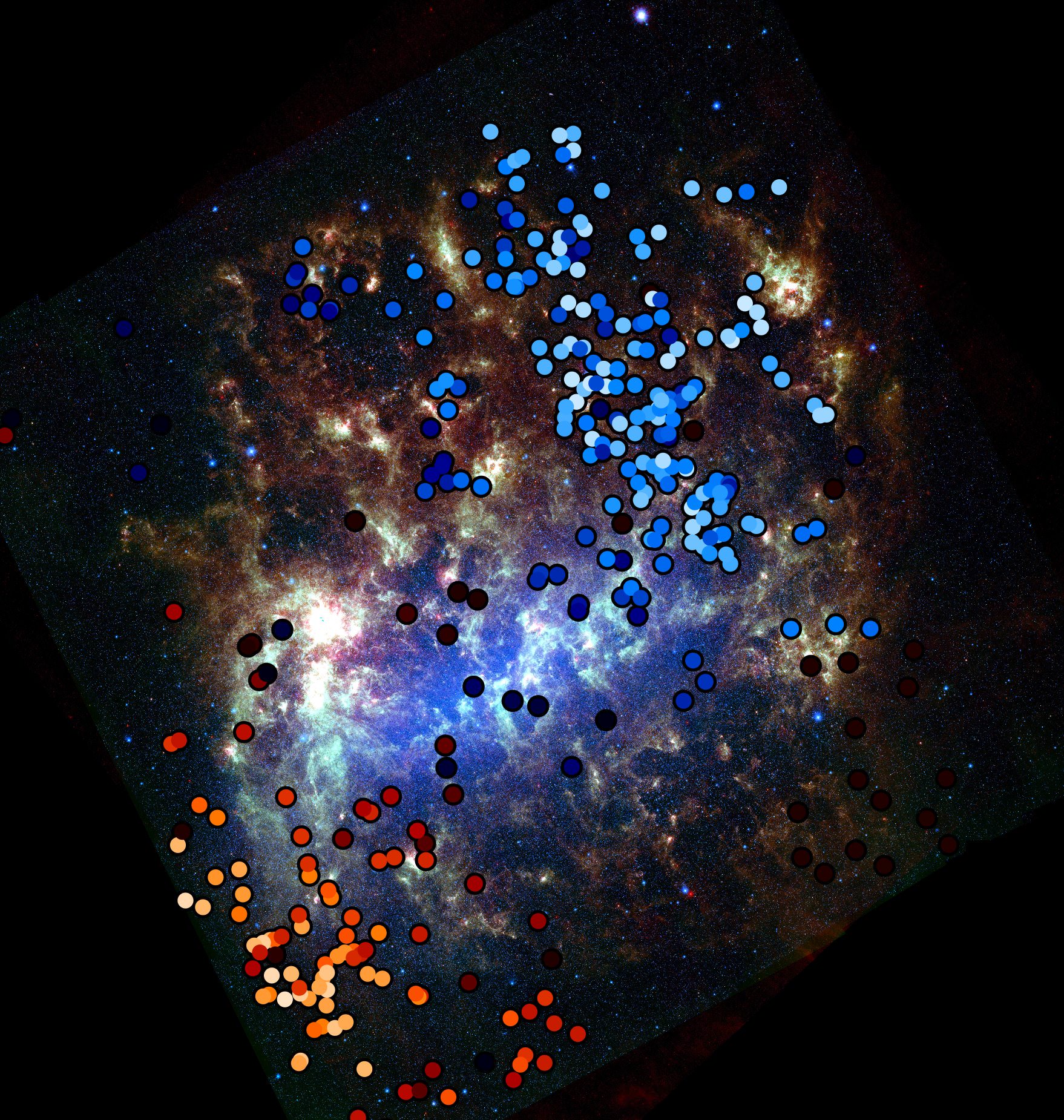[/caption]It’s 28 pages long and it has been submitted to the Monthly Notices of the Royal Astronomical Society. It’s filled with exciting new discoveries. What is it? Try the Galaxy Zoo’s latest findings… the Great Voorwerpje Round-up!
“Eighteen thousand candidate active galactic nuclei. One hundred ninety-nine Zooites. A hundred fifty-four possible galaxies with clouds, of which 49 became targets for spectra. And finally, nineteen certified Voorwerpjes – giant clouds of gas ionized by a central active nucleus, like Hanny’s Voorwerp but smaller (and sometimes not all that much smaller) and dimmer.” says Bill Keel. “Of these clouds, many (including the largest) are new discoveries.”
The Galaxy Zoo has been on the hunt and what they’ve found has proved to be very exciting to the team. Says Keel: “About half of these have gas too highly ionized too far from the nucleus to account for by the nucleus we see (even including far-infrared results to tell how much radiation is being absorbed by dust), so they may be additional, less dramatic instances of the AGN fading over time spans of 100,000 years or so. This large fraction suggests that at least Seyfert nuclei may constantly be brightening and fading over times of a few hundred thousands years (a time span about which we’ve previously had almost no information).”
Their images include those taken with filters that isolate [O III] or Ha emission – even subtracting ordinary starlight. In one such image of UGC 7342, they could trace gas out to twice the estimated size of the Milky Way! This could mean the presence of an AGN. “Starlight doesn’t have enough far-ultraviolet or X-rays to make gas that highly ionized, but an active galactic nucleus does. Furthermore, the ratios of these lines let us estimate how intense this radiation is when it reaches a cloud.” comments Keel. “Even though UGC 7342 is pretty chewed up because of an interaction with at least one companion, the gas motions aren’t as chaotic as they might be – the gas isn’t orbiting retrograde or anything.”
Their research is shedding new light on Voorwerpje mysteries – giving consistencies to ionized clouds located in galaxies which are interacting or merging – and accounting for tidal disturbances. Preliminary findings also show a symmetry as well, where around 50% of the galaxies studied show two ionized clouds on opposite sides.
“Of course, we want to know more. Answers tend to multiply questions. Hubble observations are scheduled, and (with a little luck) X-ray measurements with ESA’s XMM-Newton observatory. We’ve managed to interest some of the people at ASTRON in the Netherlands in using the Westerbork array to examine the cold hydrogen around these galaxies.” says Keel. “In addition, we’re doing new observations of various samples of active and “nonactive” galaxies to look for fainter, and maybe older, gas clouds. Special thanks to everyone who participated in this project, either through the targeted hunt or the complementary forum search for clouds in galaxies not listed as AGN. Stay tuned!”
You can bet we will…
Original Story Source: Zooniverse Blog.

